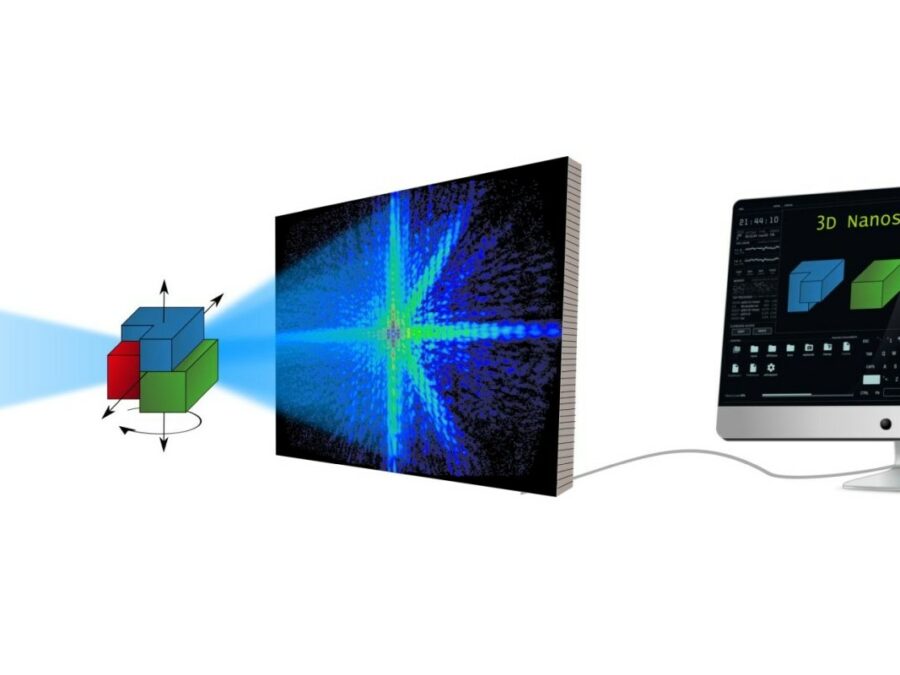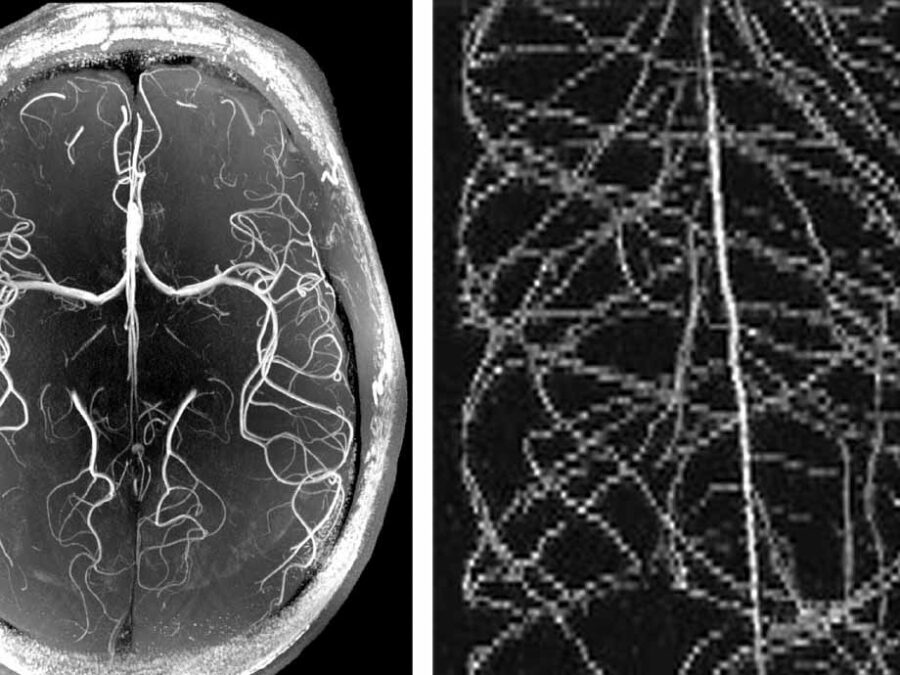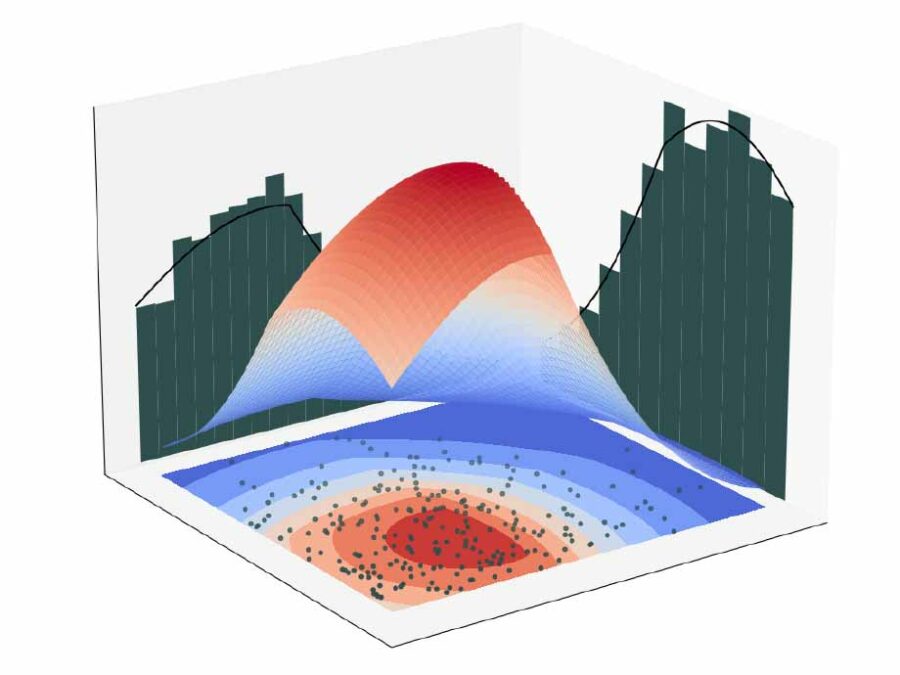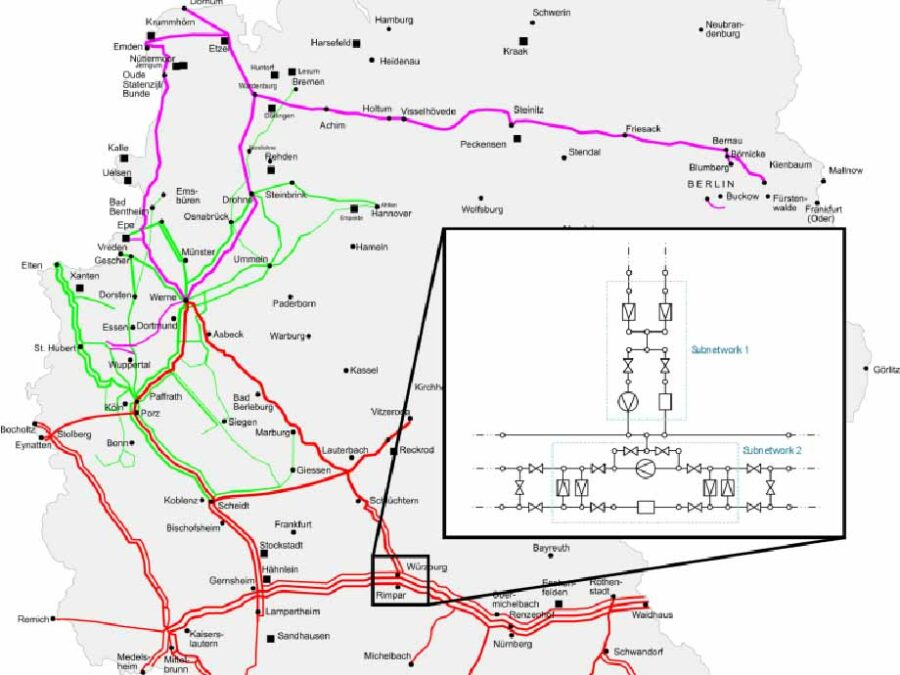Projects
With our Helmholtz Imaging Projects and third-party funded projects, we aim to initiate cross-cutting research collaborations and identify innovative research topics in the field of imaging and data science.
Helmholtz Imaging offers a funding line of Helmholtz Imaging Projects, striving to seed collaborations between centers and across research fields. They are a strong incentive to enable interdisciplinary collaboration across the Helmholtz Association and an incubator and accelerator of the Helmholtz Imaging network.
In addition to our Helmholtz Imaging Projects, the Helmholtz Imaging te am has secured external funding for third-party projects contributing their knowledge and expertise on cutting-edge imaging methodology.
Join us in unlocking the limitless potential of Helmholtz Imaging!
The next call for Helmholtz Imaging Projects will open in spring 2025. Stay tuned!
Helmholtz Imaging Projects

AsoftXm
Advanced Soft-X-Ray Microscopy Solutions
The project aims to develop a method that will speed up the analysis of diffraction patterns that arise in UV and soft X-ray light microscopy, so that the structure of the studied sample can be calculated more efficiently. The method could make the three-dimensional study of nanomaterials considerably easier. There are times when researchers need […]
SyNaToSe
Leveraging Cross-Domain Synergies for Efficient Machine Learning of Nanoscale Tomogram Segmentation
The aim is to develop an adaptable algorithm that can be used to perform different tasks in data and image analysis without needing to be trained with new, laboriously annotated images for each separate task.
HighLine
High Image Quality for Lines in MRI: From Roots to Angiograms
MR images of roots and vessels are very similar: both display thin, line-like objects. The aim of the project is to increase image quality of both kind of MR data by exploiting their similarity. HighLine aims at obtaining high quality images in reduced scan time to lower patient burden and increase patient and plant throughput by adapting state-of-the-art 3D image enhancement methods, and developing new deep-learning based methods.Third-Party Projects

Bayesian Computations for Large-scale (Nonlinear) Inverse Problems in Imaging
During research stays with the collaborating group at Caltech, we aim to investigate various aspects of statistical inverse problems. This includes inquiries into particle- and PDE-based sampling methods, as well as robust regularization using neural networks.
SFB Transregio 154 – C06: Transport metrics for analysis and optimization of network problems
SFB TRR 154 is a project of the German Research Foundation (DFG) and combines integer-continuous methods, model adaptation, and numerical simulation, to analyze and optimize gas markets, infrastructure, and control of networks. The third funding period specifically focuses on the transition from natural gas to hydrogen.